Support Page Content
Achievements In the CSUS Stem Cell Program, 2023
About Our Stem Cell Graduate Research
Master's students in our Stem Cell Program perform cutting edge translational research in the field of regenerative medicine. The intention of this site is to provide a platform for our graduate students to describe their research to the greater community. In some cases, students chose instead to write editorials aimed at providing a general understanding of stem cell research. In all cases, students attempted to describe research in a way that would be consumable and informative — and possibly even entertaining —to all readers.
To protect the confidentiality of unpublished research currently underway at UC Davis, the specific names of genes, proteins, cells, and tissue types have often been replaced with aliases or referred to generically (e.g., "factor X" or "a specific peptide"), unless the information is already publicly available elsewhere.
If you have questions or comments, please contact the site editor: Dr. Kimberly Mulligan.
Previous Accomplishments
Reinventing Vascular Access, Allowing Better Blood Flow for Hemodialysis
Grace Garcia
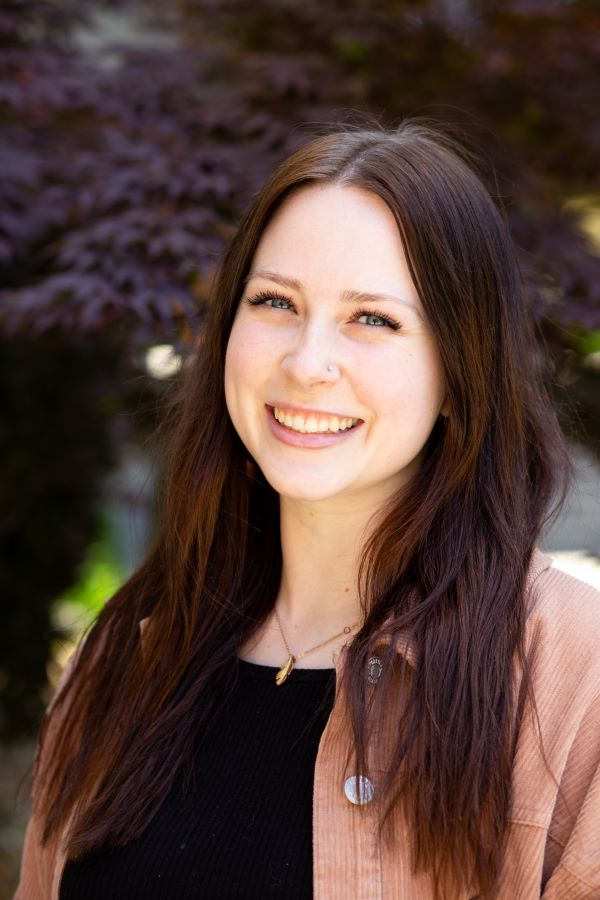 Picture this, you are a father of three daughters. These girls all have long hair and take showers in the same bathroom every day. Your oldest daughter comes to you and tells you that their shower is clogged, and water won’t go down the drain. You go to check out the drain and it is filled with hair, obstructing the flow of water, causing it to pool up in the bathtub. Now you must fish out all that hair clogging the drain so it will work again. Think about it, would you rather pay a plumber to continually fix this issue, or would you go buy a really good hair catcher to cover the drain, avoiding future clogs? Keep this story in the back of your mind, but now let’s talk about science.
Picture this, you are a father of three daughters. These girls all have long hair and take showers in the same bathroom every day. Your oldest daughter comes to you and tells you that their shower is clogged, and water won’t go down the drain. You go to check out the drain and it is filled with hair, obstructing the flow of water, causing it to pool up in the bathtub. Now you must fish out all that hair clogging the drain so it will work again. Think about it, would you rather pay a plumber to continually fix this issue, or would you go buy a really good hair catcher to cover the drain, avoiding future clogs? Keep this story in the back of your mind, but now let’s talk about science.
Can We Improve Bone Regeneration?
Alexis Arellano
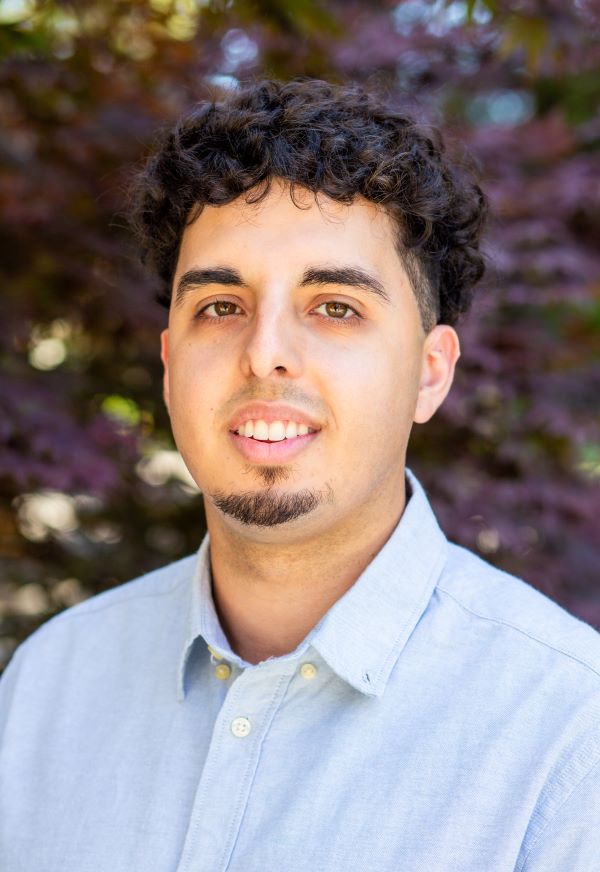 Ever fractured a bone before? Or know someone who did? Many of us overlook the amazing fact that our body is able to regenerate bone lost during a break. Depending on the severity of the fracture, our cells can create and send signals to increase the production of bone cells that will eventually heal our fractured bone! However, there are many things that can impact our bone’s regenerative capabilities, including diabetes, low vitamin D levels, poor nutrition, and smoking. Something inevitable like aging also causes bone regeneration to significantly slow down. If our body cannot regenerate simple fractures, it can cause a multitude of different problems, including decreased mobility. So how can we figure out a way to create a therapy where we can promote and speed up bone regeneration? To answer this question, it is important for us to first know some of the background information related to finding a solution.
Ever fractured a bone before? Or know someone who did? Many of us overlook the amazing fact that our body is able to regenerate bone lost during a break. Depending on the severity of the fracture, our cells can create and send signals to increase the production of bone cells that will eventually heal our fractured bone! However, there are many things that can impact our bone’s regenerative capabilities, including diabetes, low vitamin D levels, poor nutrition, and smoking. Something inevitable like aging also causes bone regeneration to significantly slow down. If our body cannot regenerate simple fractures, it can cause a multitude of different problems, including decreased mobility. So how can we figure out a way to create a therapy where we can promote and speed up bone regeneration? To answer this question, it is important for us to first know some of the background information related to finding a solution.
Hello? Messengers of Health? Are you Out There?
Ethan Nabeta
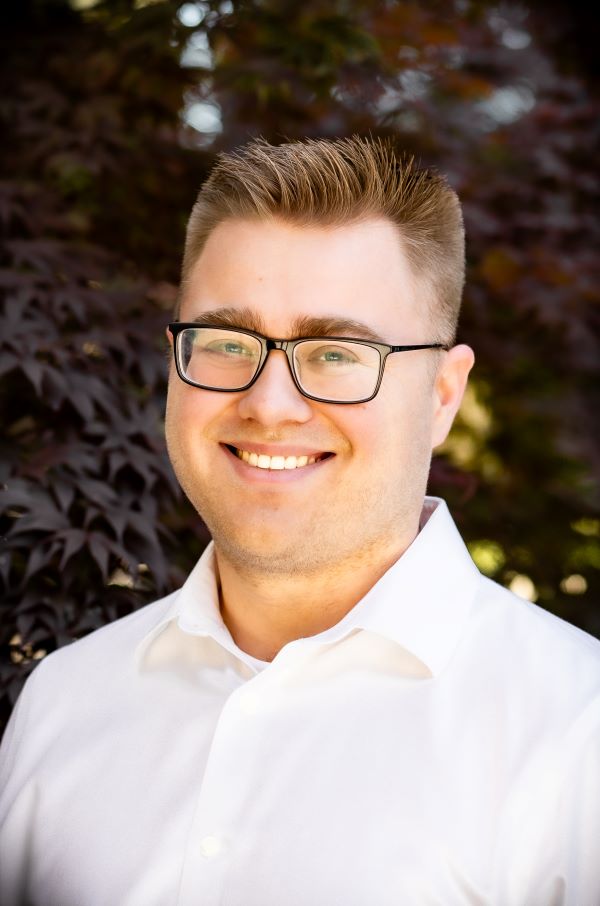 Did you know that all the cells of our bodies came from one place? Even the blood cells you lost when you stubbed your toe on the corner of the wall? It’s true! As a fetus in your mother’s womb, you had a special cluster of cells referred to as the Inner Cell Mass (ICM). When the cells of the ICM are isolated in a lab setting, they are referred to as “pluripotent” stem cells because they can regenerate themselves indefinitely or become any type of cell in the developing body. Because of these unique properties of stem cells, many scientists have used them toward treating and/or curing a variety of deadly diseases. More recently, we have discovered that it isn’t just the stem cells alone that treat the diseases, but rather the things inside them.
Did you know that all the cells of our bodies came from one place? Even the blood cells you lost when you stubbed your toe on the corner of the wall? It’s true! As a fetus in your mother’s womb, you had a special cluster of cells referred to as the Inner Cell Mass (ICM). When the cells of the ICM are isolated in a lab setting, they are referred to as “pluripotent” stem cells because they can regenerate themselves indefinitely or become any type of cell in the developing body. Because of these unique properties of stem cells, many scientists have used them toward treating and/or curing a variety of deadly diseases. More recently, we have discovered that it isn’t just the stem cells alone that treat the diseases, but rather the things inside them.
Notes from the Body Shop: Mesenchymal Stem Cells and Joint Repair
Joseph Yull
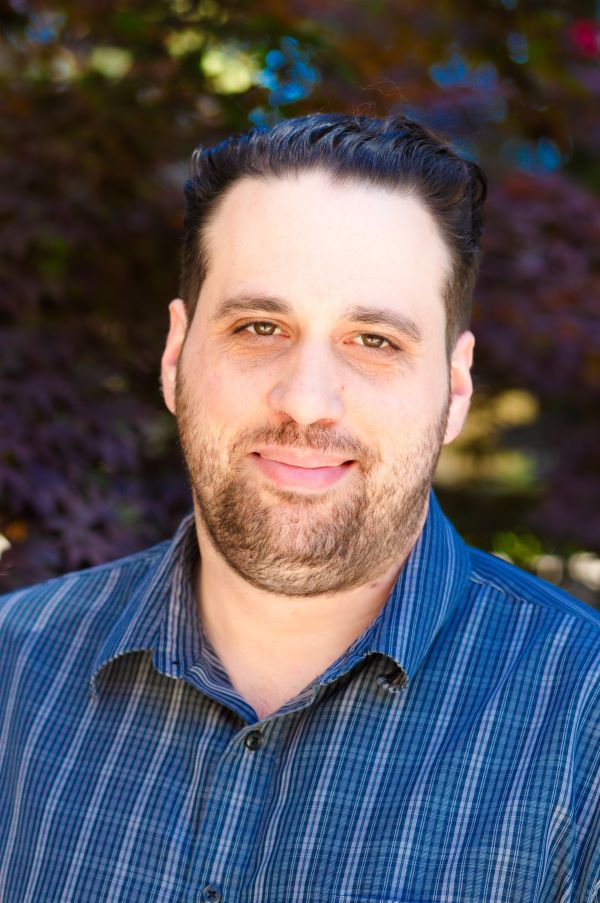 Medicine in the 21st century has produced stunning results that have greatly enhanced our ability to repair the human body. Like any new technology, from iPhones to electric cars, the first people with access to new medical technology are those with both the means to get their hands on it and a need for it - and world class professional athletes fit the bill. They’re both extremely dependent on their bodies for success and typically well compensated, with access to the top tier of medical care.
Medicine in the 21st century has produced stunning results that have greatly enhanced our ability to repair the human body. Like any new technology, from iPhones to electric cars, the first people with access to new medical technology are those with both the means to get their hands on it and a need for it - and world class professional athletes fit the bill. They’re both extremely dependent on their bodies for success and typically well compensated, with access to the top tier of medical care.
Using Stem Cells to Understand Fibrous Dysplasia
Rakel Runarsdottir
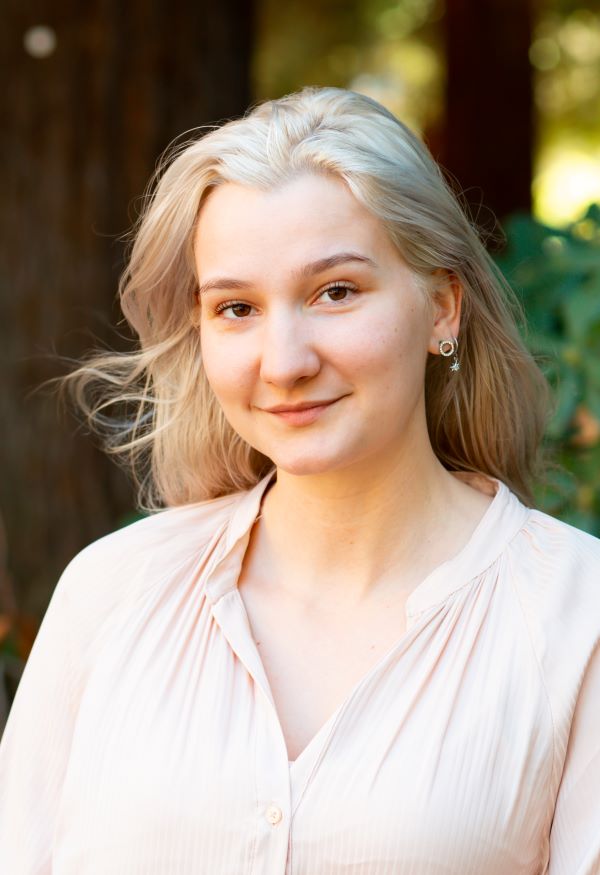 A blob. A blob that is made of tissue, liquid and gasses is what we would be if we didn't have bones. Bones provide the structure of the human body, support its movement, and protect our vital organs. Without bones our body would have very limited movement and we would be like a bacterium, rolling around, unable to stand upright, run, or jump.
A blob. A blob that is made of tissue, liquid and gasses is what we would be if we didn't have bones. Bones provide the structure of the human body, support its movement, and protect our vital organs. Without bones our body would have very limited movement and we would be like a bacterium, rolling around, unable to stand upright, run, or jump.
Can Stem Cells Really Treat Parkinson’s Disease?
Rana Ghobashy
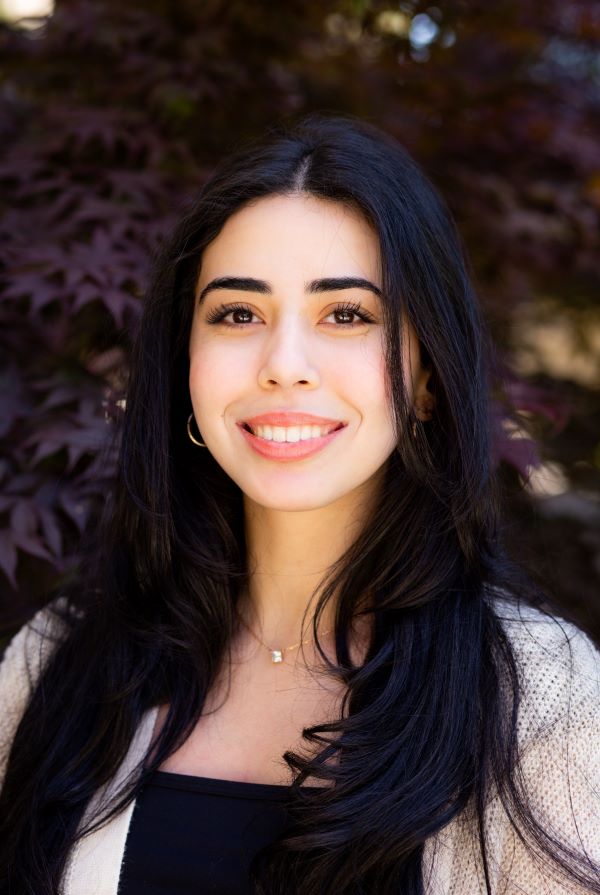 We hear a lot about stem cells being the miracle cure for so many uncured terminal diseases—but what are stem cells and how can they be the solution for so many different diseases? I’ll start by defining stem cells stem cells are “unspecialized” cells, meaning that they do not have a specific function the way that fully specialized cells of your organs and tissues do, like liver cells producing bile or red blood cells transporting oxygen. However, what makes stem cells great is that they can morph into almost any kind of specialized cell when given the right environment. In other words, stem cells start off being ambiguous but become more specific with a given set of instructive proteins from their surroundings. Stem cells can also proliferate (divide) indefinitely—this is great for scientists working with them, because it means they can have a large population of cells to use for patients. So, if a disease is caused by the loss of a particular cell type or damaged cells, the idea behind stem cell therapy is that scientists could use stem cells to create the healthy cell type a patient is in need of and introduce the new healthy cells to the patient.
We hear a lot about stem cells being the miracle cure for so many uncured terminal diseases—but what are stem cells and how can they be the solution for so many different diseases? I’ll start by defining stem cells stem cells are “unspecialized” cells, meaning that they do not have a specific function the way that fully specialized cells of your organs and tissues do, like liver cells producing bile or red blood cells transporting oxygen. However, what makes stem cells great is that they can morph into almost any kind of specialized cell when given the right environment. In other words, stem cells start off being ambiguous but become more specific with a given set of instructive proteins from their surroundings. Stem cells can also proliferate (divide) indefinitely—this is great for scientists working with them, because it means they can have a large population of cells to use for patients. So, if a disease is caused by the loss of a particular cell type or damaged cells, the idea behind stem cell therapy is that scientists could use stem cells to create the healthy cell type a patient is in need of and introduce the new healthy cells to the patient.
Why is it so Difficult to Heal the Brain?
Ricky Cantua Pina
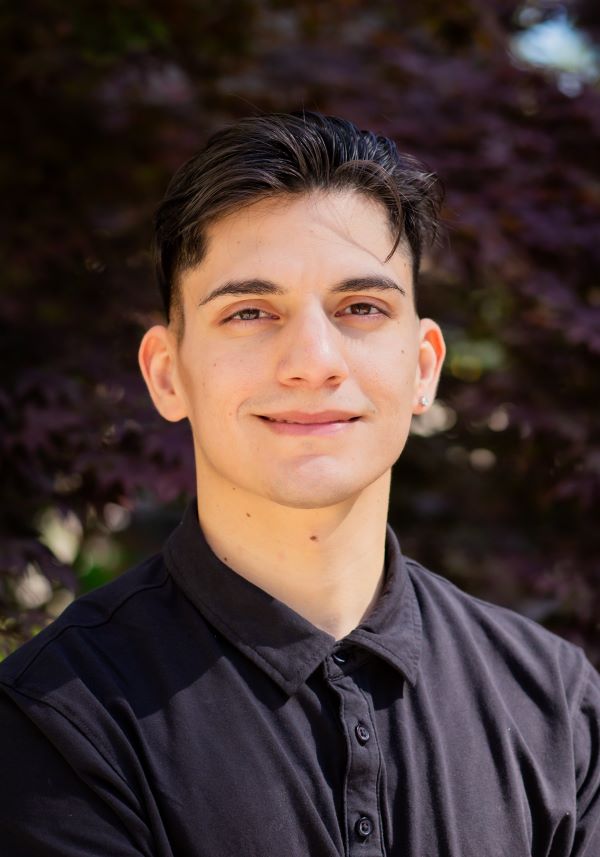 One of the most remarkable machines in the natural world is able to perform countless operations seemingly with little effort from the operator. This machine sends messages at hundreds of miles per hour between interwoven components, all working in tandem to perform tasks difficult even for advanced computers. What is this fascinating contraption? The brain - a tangle of stringy cells called neurons, which form trillions of connections with each other, firing signals at shockingly fast speeds, all to give you the ability to read these words without much input from you. There are approximately 86 billion neurons in the adult human brain, a large number of cells but each one precious in its contribution to our neuroanatomy. Such a complex arrangement of cells, however, is susceptible to damage that may lead to severe consequences. You may have heard that neurons cannot regenerate, so when you lose or damage some of your nerve cells, you’re out of luck. This is partly true. The brain, part of the central nervous system (CNS), opts to maximize stability over regenerative capabilities to ensure connections are preserved. When brain cells are damaged, there are only a handful of regions that have the ability to generate new neurons to fill in the gaps. The peripheral nervous system (PNS) is composed of neurons outside of the brain and spinal cord. As opposed to the CNS, the PNS possesses several mechanisms to repair neural damage and regrow damaged connections between cells. Researchers in the 1980s noticed this and thought, “Can we fix CNS damage by introducing PNS cells?”. So they tried that! In 1984, Dr. Kwok-Fi So and Dr. Albert Aguayo found that when a region of the optic nerve was damaged, regeneration was able to be achieved when neurons from other areas of the body were introduced in the area. This advised the scientific community that the secret to neural regeneration may not lie in the nerves themselves, but in the surrounding environment.
One of the most remarkable machines in the natural world is able to perform countless operations seemingly with little effort from the operator. This machine sends messages at hundreds of miles per hour between interwoven components, all working in tandem to perform tasks difficult even for advanced computers. What is this fascinating contraption? The brain - a tangle of stringy cells called neurons, which form trillions of connections with each other, firing signals at shockingly fast speeds, all to give you the ability to read these words without much input from you. There are approximately 86 billion neurons in the adult human brain, a large number of cells but each one precious in its contribution to our neuroanatomy. Such a complex arrangement of cells, however, is susceptible to damage that may lead to severe consequences. You may have heard that neurons cannot regenerate, so when you lose or damage some of your nerve cells, you’re out of luck. This is partly true. The brain, part of the central nervous system (CNS), opts to maximize stability over regenerative capabilities to ensure connections are preserved. When brain cells are damaged, there are only a handful of regions that have the ability to generate new neurons to fill in the gaps. The peripheral nervous system (PNS) is composed of neurons outside of the brain and spinal cord. As opposed to the CNS, the PNS possesses several mechanisms to repair neural damage and regrow damaged connections between cells. Researchers in the 1980s noticed this and thought, “Can we fix CNS damage by introducing PNS cells?”. So they tried that! In 1984, Dr. Kwok-Fi So and Dr. Albert Aguayo found that when a region of the optic nerve was damaged, regeneration was able to be achieved when neurons from other areas of the body were introduced in the area. This advised the scientific community that the secret to neural regeneration may not lie in the nerves themselves, but in the surrounding environment.
The Electric Slide
Simran Shergill
 Have you ever heard music so rhythmic, so catchy, and so beautiful that it just makes you want to get up and move? I’m sure you can all revert to a time where this happened to you. Music almost has an “electric” effect on the body, exciting our brain and limbs when we are exposed to such joyous sounds that make our feet feel a beat. We get up, move towards the music source, and bust a move! In this same way, cells in our body react to stimuli outside and inside the body and in turn, start moving!
Have you ever heard music so rhythmic, so catchy, and so beautiful that it just makes you want to get up and move? I’m sure you can all revert to a time where this happened to you. Music almost has an “electric” effect on the body, exciting our brain and limbs when we are exposed to such joyous sounds that make our feet feel a beat. We get up, move towards the music source, and bust a move! In this same way, cells in our body react to stimuli outside and inside the body and in turn, start moving!
Why We Need CAR-T!
Taylor Moore
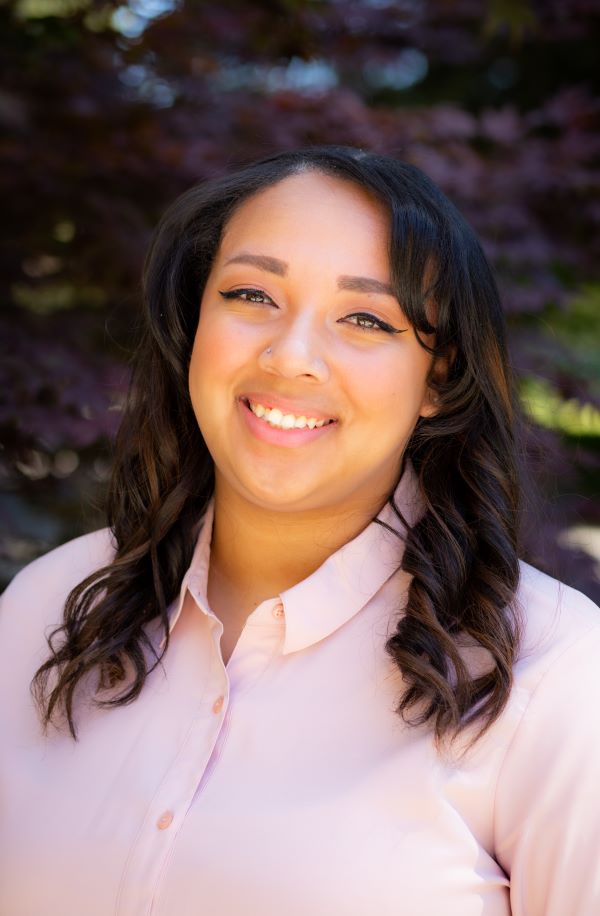 In 2014, a new cancer treatment made headlines after it was stated to be a breakthrough treatment by the Food and Drug Administration (FDA): CAR T cell therapy! This revolutionary treatment is widely known as the new way to treat blood cancers. But what is a CAR-T cell, and why is this treatment so groundbreaking?
In 2014, a new cancer treatment made headlines after it was stated to be a breakthrough treatment by the Food and Drug Administration (FDA): CAR T cell therapy! This revolutionary treatment is widely known as the new way to treat blood cancers. But what is a CAR-T cell, and why is this treatment so groundbreaking?
The End of Alzheimer’s Starts with Stem Cell Therapy
Vanessa Alvarez
A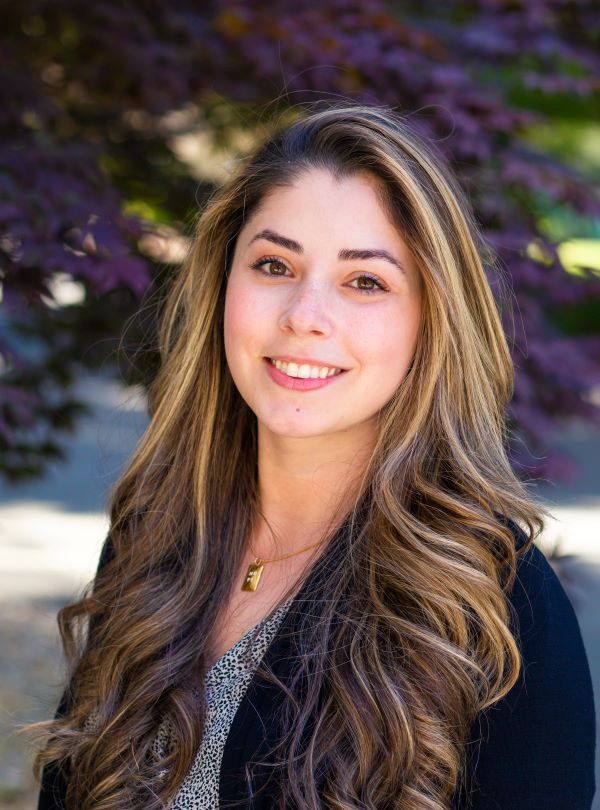 lzheimer’s disease (AD) is a slow-onset progressive brain disorder that causes a decline in memory, cognitive skills, behavior, and social interactions. A way to visualize AD is by imagining you are holding a bunch of balloons by their strings, as pictured in Figure 1. The balloons symbolize your memories, knowledge, and sense of self, while the strings represent the brain’s pathway to those aspects of you. Now, envision that you release some of your balloons into the sky or some of those balloons get cut and you are left with the strings. Can you get those balloons back or tie those balloons back to the strings? The short answer is no. With AD, people can lose their memories and knowledge as quickly as letting go of a balloon. People with AD can lose the ability to connect with long time family and friends or perform simple routines like brushing teeth. Given how devastating this disease is, it is important to diagnose and treat AD early before things get worse.
lzheimer’s disease (AD) is a slow-onset progressive brain disorder that causes a decline in memory, cognitive skills, behavior, and social interactions. A way to visualize AD is by imagining you are holding a bunch of balloons by their strings, as pictured in Figure 1. The balloons symbolize your memories, knowledge, and sense of self, while the strings represent the brain’s pathway to those aspects of you. Now, envision that you release some of your balloons into the sky or some of those balloons get cut and you are left with the strings. Can you get those balloons back or tie those balloons back to the strings? The short answer is no. With AD, people can lose their memories and knowledge as quickly as letting go of a balloon. People with AD can lose the ability to connect with long time family and friends or perform simple routines like brushing teeth. Given how devastating this disease is, it is important to diagnose and treat AD early before things get worse.
Synapses—More is Not Always Better
Victoria Nikityuk
 Neurodiversity is a beautiful thing—innovation and creativity rely on people who think differently. In some cases, people who are neurodivergent lead healthy, productive lives. They do not need treatment or cures—what they need is for the world to be more accepting and supportive of neurodivergence. But in some cases, people who are neurodivergent struggle because the differences in their brain prevent them from engaging with the world at all. They might struggle to attend school, hold a job, make friends, and may require life-long medical care.People with severe forms of autism often fall into this category. According to the Centers for Disease Control, one out of 36 children in the US is diagnosed with autism (Maenner, et. al., 2020). There are many forms of autism; some children have difficulty adapting and learning various skills like controlling their emotions, others may have more severe cognitive disabilities and/or the inability to engage in social-emotional interactions with others The CDC estimates that 25-30 percent of children diagnosed with autism are nonverbal, have severe intellectual disability and engage in self-harm (Center, 2022). Individuals who fall within this severe category spectrum may have issues with being overstimulated by their surroundings, making it difficult for them to function in this sensory-simulating world.
Neurodiversity is a beautiful thing—innovation and creativity rely on people who think differently. In some cases, people who are neurodivergent lead healthy, productive lives. They do not need treatment or cures—what they need is for the world to be more accepting and supportive of neurodivergence. But in some cases, people who are neurodivergent struggle because the differences in their brain prevent them from engaging with the world at all. They might struggle to attend school, hold a job, make friends, and may require life-long medical care.People with severe forms of autism often fall into this category. According to the Centers for Disease Control, one out of 36 children in the US is diagnosed with autism (Maenner, et. al., 2020). There are many forms of autism; some children have difficulty adapting and learning various skills like controlling their emotions, others may have more severe cognitive disabilities and/or the inability to engage in social-emotional interactions with others The CDC estimates that 25-30 percent of children diagnosed with autism are nonverbal, have severe intellectual disability and engage in self-harm (Center, 2022). Individuals who fall within this severe category spectrum may have issues with being overstimulated by their surroundings, making it difficult for them to function in this sensory-simulating world.